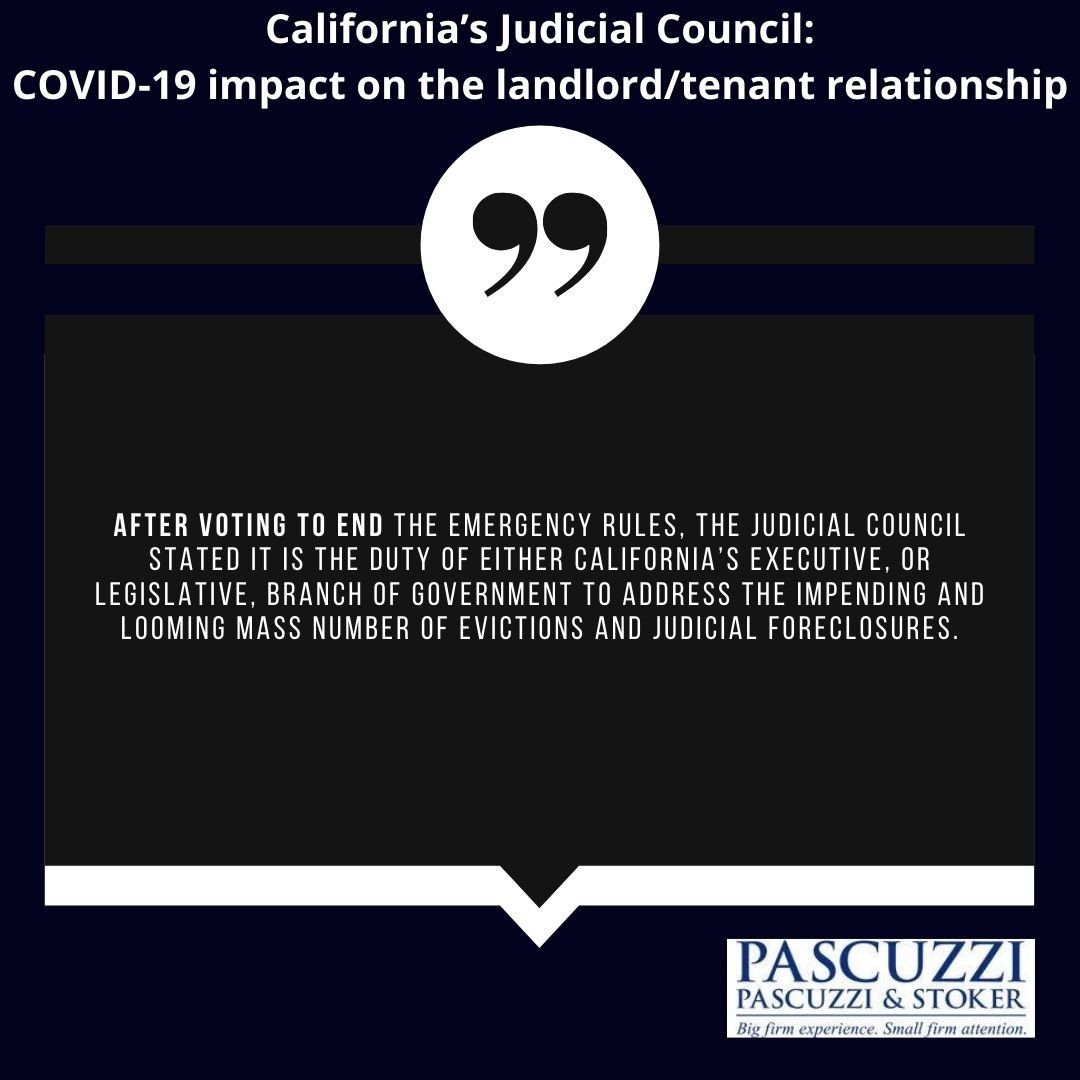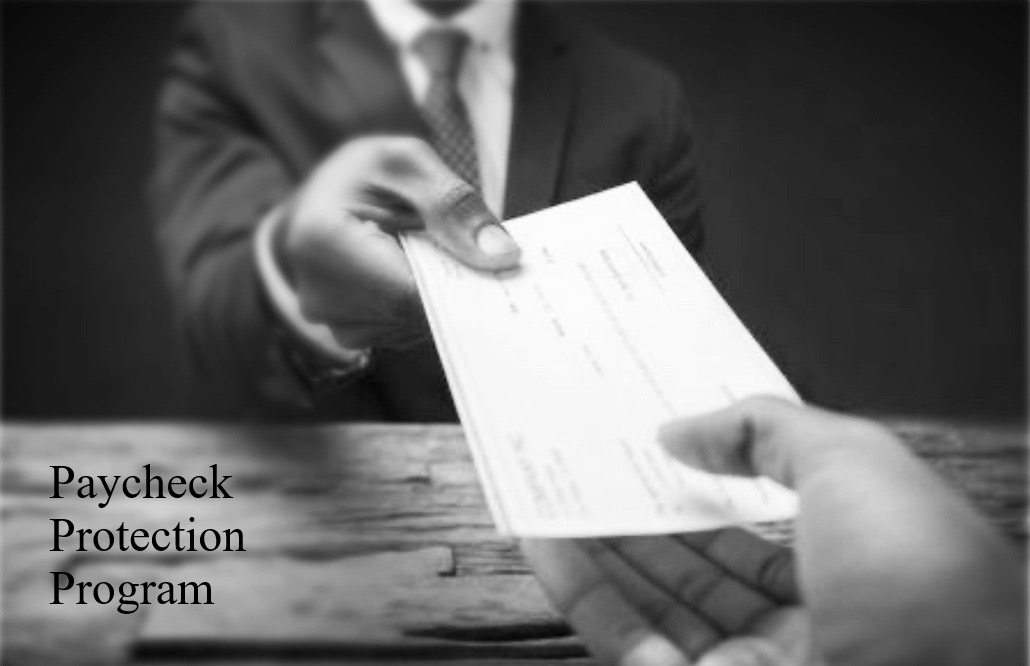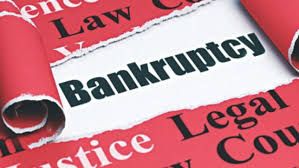An easement is a non-exclusive right to use of the property of another. The most common is the right to cross someone’s land to gain access to yours, but the easement may be for a pipeline, view, solar, landscaping, etc. An easement is required to be in writing to be effective and is recorded to give notice to the world in case either property is sold, but there are exceptions.
An express easement is in writing and describes both properties, the actual easement area, the term of the easement, the approved uses and any other terms and conditions. When this document is notarized and recorded the holder of the easement is protected in the event title to the burdened property is transferred.
A prescriptive easement is one which is acquired over time and by meeting certain tests. To obtain a prescriptive easement one must: use the easement hostile to the true owner’s rights, openly, continuously and visibly. If this occurs the person claiming a prescriptive easement may file a lawsuit to have the Court recognize their prescriptive rights or the parties may wish to sign an express easement to memorialize the rights to avoid Court.
An easement by implication is available if a property owner sells one of two or more parcels and fails to reserve an easement for himself, or fails to transfer an easement to the buyer, over a clearly visible roadway. Finally, an easement by necessity may be available if no other access to property is possible.
Easement issues are usually hotly contested as ownership and use of land is near and dear to every property owner’s heart. We are here to assist you with any easement or other real property issue you may have.
The post Easements – What Are They and Do I Have One?
appeared first on Pascuzzi Law.
An easement is a non-exclusive right to use of the property of another. The most common is the right to cross someone’s land to gain access to yours, but the easement may be for a pipeline, view, solar, landscaping, etc. An easement is required to be in writing to be effective and is recorded to give notice to the world in case either property is sold, but there are exceptions.
An express easement is in writing and describes both properties, the actual easement area, the term of the easement, the approved uses and any other terms and conditions. When this document is notarized and recorded the holder of the easement is protected in the event title to the burdened property is transferred.
A prescriptive easement is one which is acquired over time and by meeting certain tests. To obtain a prescriptive easement one must: use the easement hostile to the true owner’s rights, openly, continuously and visibly. If this occurs the person claiming a prescriptive easement may file a lawsuit to have the Court recognize their prescriptive rights or the parties may wish to sign an express easement to memorialize the rights to avoid Court.
An easement by implication is available if a property owner sells one of two or more parcels and fails to reserve an easement for himself, or fails to transfer an easement to the buyer, over a clearly visible roadway. Finally, an easement by necessity may be available if no other access to property is possible.
Easement issues are usually hotly contested as ownership and use of land is near and dear to every property owner’s heart. We are here to assist you with any easement or other real property issue you may have.
The post Easements – What Are They and Do I Have One? appeared first on Pascuzzi Law.








